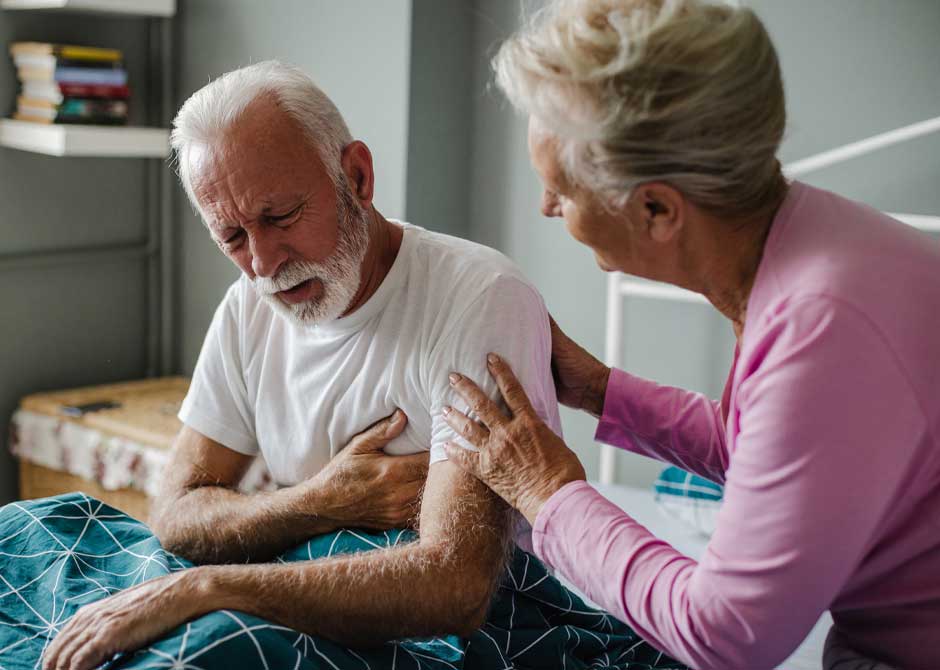Stroke is a medical emergency that requires immediate attention and treatment to minimize damage. Telestroke services utilize telemedicine technology to connect stroke experts, usually neurologists, with patients in remote or rural hospitals via video conference. This allows the specialist to evaluate the patient, determine the appropriate treatment, and guide the onsite medical team even when not physically present.
Diagnosing Strokes Remotely
When a patient arrives at a hospital experiencing stroke symptoms, the onsite medical team performs a neurological examination and gathers diagnostic information like brain scans. This data is then shared with the consulting neurologist through a secure video link. The specialist can view CT or MRI brain images and assess the patient’s condition in real-time. They are able to make an accurate diagnosis of the type of stroke, even when physically far from the patient.
Determining the Best Treatment Plan
Once a diagnosis is made, the neurologist works with the local medical team to develop the optimal treatment strategy. For ischemic strokes caused by a blood clot, this may involve recommending thrombolytic drugs or mechanical thrombectomy to restore blood flow. In case of hemorrhagic strokes, controlling blood pressure is typically advised. The specialist guides the onsite team on administering the recommended therapies as soon as possible through the Telestroke Services.
Improving Access to Stroke Expertise
Many rural and community hospitals lack on-site neurological expertise round the clock. Telestroke services help bridge this gap by connecting these facilities to stroke centers and neurologists 24/7. Patients in remote areas now have access to timely specialized care and evaluation that can significantly impact outcomes. Otherwise, they may have to be transferred to distant stroke centers delaying treatment. Telestroke improves access in underserved communities.
Expediting Treatment and Reducing Door-to-Needle Times
Rapid treatment is critical in stroke to limit disability and save lives. Telestroke allows neurologists to evaluate patients and recommend therapies from anywhere. There is no need to physically travel to the rural hospital. This expedites diagnosis and treatment decision making. Numerous studies have shown telestroke reduces median door-to-needle times, getting eligible patients thrombolytic drugs faster. Timely specialized care translates to better clinical outcomes.
Overcoming Barriers like Distance and Transport
In massive strokes or when patients are unstable for transport, physically transferring them is risky and may delay care further. Telestroke removes geographical barriers allowing patients to be treated at their local hospital instead of transport. This is especially useful for large rural regions and remote areas with few specialty centers nearby. Telestroke provides expert guidance for management of serious stroke cases locally without the need for high-risk inter-hospital transfers over long distances.
Expanding Telestroke Programs and Improving Quality
Given its success in expanding access to stroke expertise, many hospitals and health systems have increasingly adopted telestroke programs in the last decade. Larger networks allow round-the-clock coverage and provide fail-safe backup with additional specialists available if the primary consultant is unavailable. Telestroke quality improvement initiatives track key metrics like call response times, diagnoses agreement rates between onsite and consulting doctors, and impact on door-to-needle times. Continuous monitoring ensures programs maintain high standards of virtual stroke care delivery.
With telestroke services, the rapid evaluation and management of stroke patients can take place regardless of location. By connecting local hospitals to stroke expertise via telemedicine, patients receive specialized care closer to home faster. Ongoing technical advances and research is further strengthening this model of virtual care delivery to benefit stroke patients everywhere.
*Note:
1. Source: Coherent Market Insights, Public sources, Desk research
2. We have leveraged AI tools to mine information and compile it




